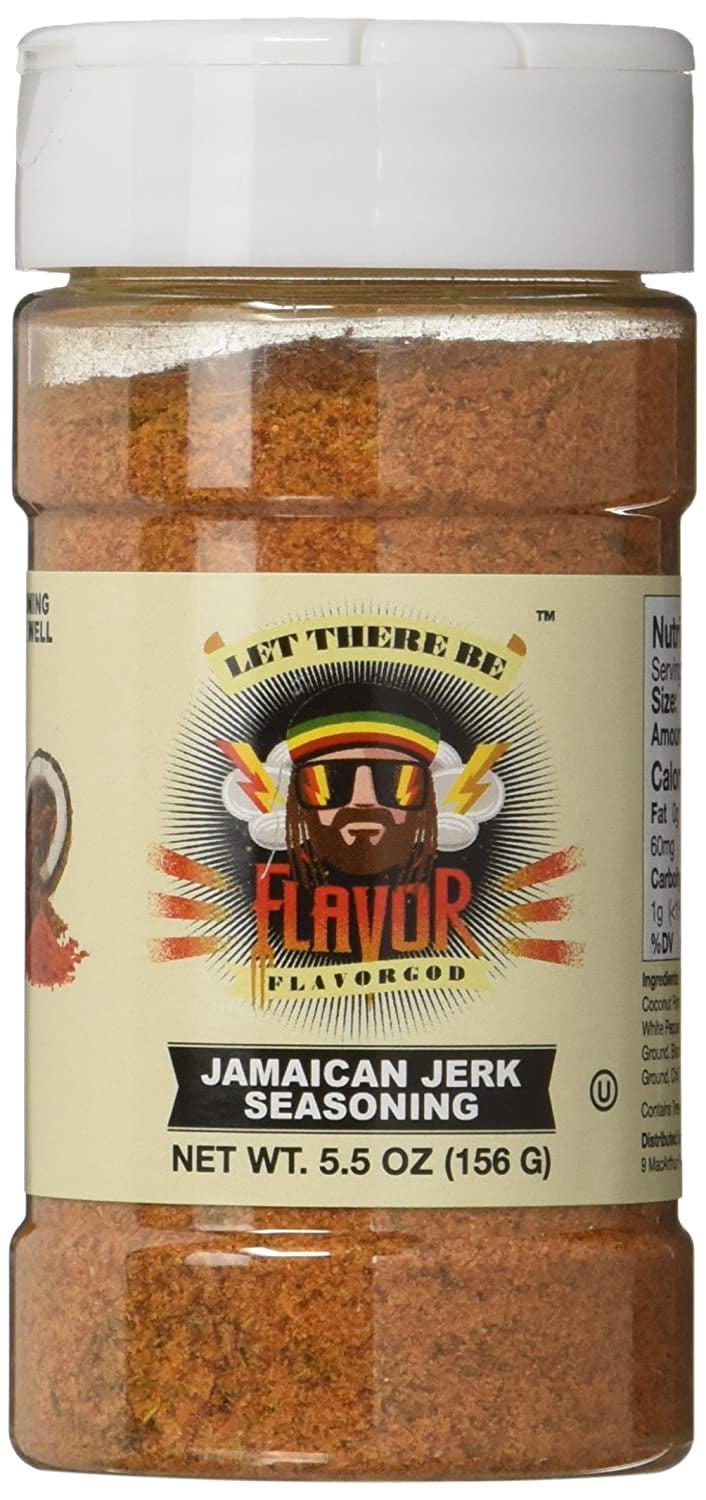
Needless to say, these symptoms can be debilitating. IBS symptoms vary widely but include stomach pain, bloating, reflux, flatulence, and bowel urgency. Scientific evidence suggests that this eating pattern may benefit people with IBS. However, when following a low FODMAP diet, you should be mindful of processed foods, which may contain added FODMAPs.Ī low FODMAP diet restricts high FODMAP foods. Manufacturers may add FODMAPs to their foods for many reasons, including as prebiotics, fat substitutes, or low calorie sugar substitutes ( 3, 5). While coffee and black and green teas are all low FODMAP foods, caffeinated beverages are usually discouraged a low FODMAP diet because caffeine tends to be a trigger for those with IBS.Īdditionally, it’s important to check the ingredient lists on packaged foods for added FODMAPs. Condiments: cumin, saffron, cinnamon, paprika, coriander, cardamom, soy sauce, fish sauce, some chile-based products, ginger, mustard, pepper, salt, white rice vinegar, and wasabi powder.Dairy: lactose-free milk, Greek yogurt, and Parmesan, Colby, cheddar, and mozzarella cheeses.Seeds: pumpkin, sesame, and sunflower seeds, as well as linseeds.Nuts: almonds (no more than 10 per sitting), macadamia nuts, peanuts, pecans, pine nuts, and walnuts.


Here’s a list of foods you can eat while following a low FODMAP diet ( 5, 6): Luckily, many foods are naturally low in FODMAPs. Habitual FODMAP intake from a regular or high FODMAP diet ranges from 0.5–1 ounce (15–30 grams) of these carbs per day.Ĭonversely, a low FODMAP diet aims to limit your intake to 0.02 ounces (0.5 grams) per sitting - an extremely low amount that translates to 0.08–0.1 ounces (2.5–3 grams) per day if you follow the suggestion of eating small, frequent meals ( 1). What foods can you eat on a low FODMAP diet? Polyols: mannitol and sorbitol in apples, pears, cauliflower, stone fruits, mushrooms, and snow peas, as well as xylitol and isomalt in low calorie sweeteners, such as those in sugar-free gum and mintsįODMAPs are a group of fermentable carbs that aggravate gut symptoms in people who are sensitive to them.Monosaccharides: fructose-containing foods, including fruits such as apples, pears, watermelon, and mango and sweeteners such as honey, agave nectar, and high fructose corn syrup.Disaccharides: lactose-containing products such as milk, yogurt, soft cheese, ice cream, buttermilk, condensed milk, and whipped cream.Oligosaccharides: wheat, rye, nuts, legumes, artichokes, garlic, and onion.The primary dietary sources of the four groups of FODMAPs are ( 3, 4): Some foods contain just one type, while others have several. In fact, about 60% of people with IBS have reported that these carbs may either cause or worsen their symptoms ( 1).įODMAPs are found in varying amounts in a wide range of foods. Therefore, FODMAPs are notorious for triggering digestive symptoms such as bloating, gas, stomach pain, and altered bowel habits varying from constipation to diarrhea or a combination of both ( 1, 3).

These are nondigestible short-chain carbs that are osmotically active, meaning they force water into your digestive tract.Īdditionally, because they’re nondigestible, your gut bacteria ferment them, increasing gas and short-chain fatty acid production ( 1). “FODMAP” stands for “fermentable oligo-, di-, and monosaccharides and polyols” ( 1, 2).


 0 kommentar(er)
0 kommentar(er)
